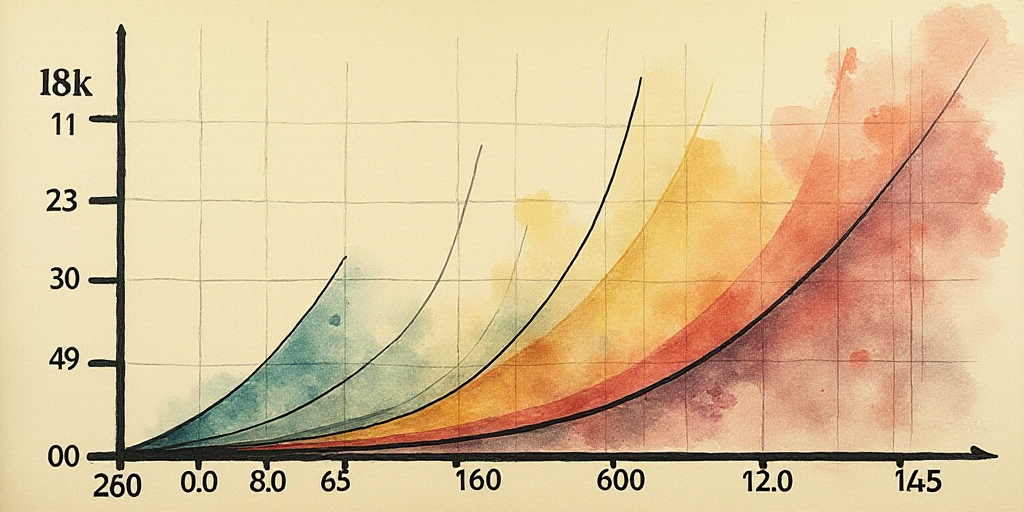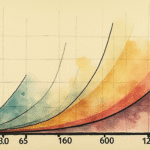Introduction
The global pursuit of income equality between men and women faces a persistent challenge, and Mexico is no exception. The gender pay gap in the country remains a significant issue, with women earning considerably less than their male counterparts.
The Gender Pay Gap in Mexico
According to the Labor Poverty Report by Mexico’s National Institute of Statistics and Geography (INEGI), the gender pay gap in Mexico stands at 25%. This means that, on average, for every 100 pesos a man earns, a woman receives only 75 pesos.
Factors Influencing the Pay Gap
The pay gap varies depending on factors such as the type of employment, educational attainment, economic sector, and even the federal entity (state) in which a person works. Despite Mexican legislation that regulates and penalizes gender-based discrimination, including unequal pay for equal work and other discriminatory practices, the reality is that progress in closing this gap has been slow.
Impact on Women’s Socioeconomic Opportunities
This persistent gender pay gap undermines women’s socioeconomic opportunities, limiting their access to resources and perpetuating economic inequality. The disparity is not uniform across all sectors, with some industries and regions showing a wider gap than others. Nevertheless, the overall trend indicates that women in Mexico face substantial income disadvantages compared to men.
Relevance and Context
Understanding the gender pay gap in Mexico requires examining its historical, social, and economic contexts. Historically, women’s participation in the workforce has been lower than men’s due to traditional gender roles and societal expectations. However, as more women have entered the workforce, the issue of equal pay has gained prominence.
Mexico’s economy is diverse, with significant contributions from various sectors such as manufacturing, services, agriculture, and tourism. Each sector may exhibit different pay gaps, influenced by factors like the concentration of female workers, wage structures, and industry-specific discrimination. Moreover, regional disparities exist due to varying economic development levels and cultural norms across Mexico’s 32 federal entities.
Key Figures and Organizations
The INEGI report serves as a crucial source for understanding the gender pay gap in Mexico. It provides comprehensive data on wage disparities, enabling policymakers and advocacy groups to identify areas requiring intervention. Organizations like the National Women’s Institute (INMUJER) and civil society groups work tirelessly to promote gender equality, including closing the pay gap.
Addressing the Gender Pay Gap
Closing the gender pay gap in Mexico necessitates a multi-pronged approach. This includes:
- Policy interventions: Strengthening and enforcing existing labor laws that prohibit gender-based wage discrimination.
- Promoting transparency: Encouraging companies to disclose salary information and adopt equitable compensation practices.
- Education and awareness: Raising awareness about the gender pay gap’s impact on women’s economic well-being and fostering inclusive workplace cultures.
- Support for women in the workforce: Implementing policies that support women’s career development, such as affordable childcare and flexible work arrangements.
Key Questions and Answers
- What is the gender pay gap in Mexico? The gender pay gap in Mexico is 25%, meaning women earn 75 pesos for every 100 pesos earned by men.
- What factors influence the pay gap? Factors such as type of employment, educational attainment, economic sector, and federal entity can all impact the gender pay gap.
- How does the gender pay gap affect women? The persistent gender pay gap undermines women’s socioeconomic opportunities, limiting their access to resources and perpetuating economic inequality.
- What organizations are working to address the gender pay gap in Mexico? Organizations like INMUJER and civil society groups are dedicated to promoting gender equality, including closing the pay gap.
- What strategies can help close the gender pay gap in Mexico? Strategies include policy interventions, promoting transparency, education and awareness, and supporting women in the workforce.






